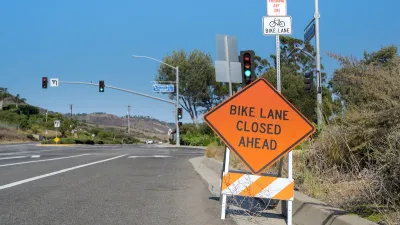A new guidebook has been released that's aimed at helping planners and city officials to know which types of green infrastructure are worth investment.
The Center for Neighborhood Technology (CNT) and American Rivers produced the new guide, titled "The Value of Green Infrastructure: A Guide to Recognizing Its Economic, Social and Environmental Benefits."
"The guide fills an information gap that has until this point hampered widespread deployment of green infrastructure, defined here as a network of decentralized stormwater management practices such as green roofs, trees, rain gardens and permeable pavement. The Value of Green Infrastructure brings together current research on green infrastructure performance and presents methods for calculating related benefits in water management, energy, air quality, climate, and community livability.
This work extends initial research conducted in support of CNT's Green Values Calculator, a web-based tool that quickly compares the performance, costs, and benefits of green infrastructure to conventional stormwater practices."
FULL STORY: Landscape Performance Research: Monetizing the Value of Green Infrastructure

Maui's Vacation Rental Debate Turns Ugly
Verbal attacks, misinformation campaigns and fistfights plague a high-stakes debate to convert thousands of vacation rentals into long-term housing.

Planetizen Federal Action Tracker
A weekly monitor of how Trump’s orders and actions are impacting planners and planning in America.

In Urban Planning, AI Prompting Could be the New Design Thinking
Creativity has long been key to great urban design. What if we see AI as our new creative partner?

King County Supportive Housing Program Offers Hope for Unhoused Residents
The county is taking a ‘Housing First’ approach that prioritizes getting people into housing, then offering wraparound supportive services.

Researchers Use AI to Get Clearer Picture of US Housing
Analysts are using artificial intelligence to supercharge their research by allowing them to comb through data faster. Though these AI tools can be error prone, they save time and housing researchers are optimistic about the future.

Making Shared Micromobility More Inclusive
Cities and shared mobility system operators can do more to include people with disabilities in planning and operations, per a new report.
Urban Design for Planners 1: Software Tools
This six-course series explores essential urban design concepts using open source software and equips planners with the tools they need to participate fully in the urban design process.
Planning for Universal Design
Learn the tools for implementing Universal Design in planning regulations.
planning NEXT
Appalachian Highlands Housing Partners
Mpact (founded as Rail~Volution)
City of Camden Redevelopment Agency
City of Astoria
City of Portland
City of Laramie





























